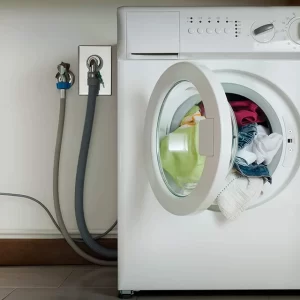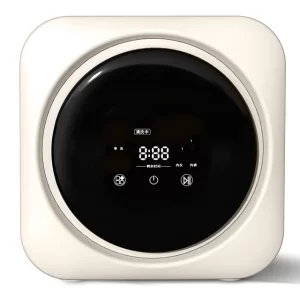Troubleshooting a Washing Machine: No Washing or Spinning
Introduction: Troubleshooting Common Issues
Discovering that your washing machine is not washing or spinning can be frustrating, as it hinders your ability to efficiently clean your clothes. However, before rushing to call a repair technician, it’s worth investigating the problem yourself. In this comprehensive guide, we will walk you through troubleshooting steps to identify and potentially resolve the issues preventing your washing machine from washing or spinning.
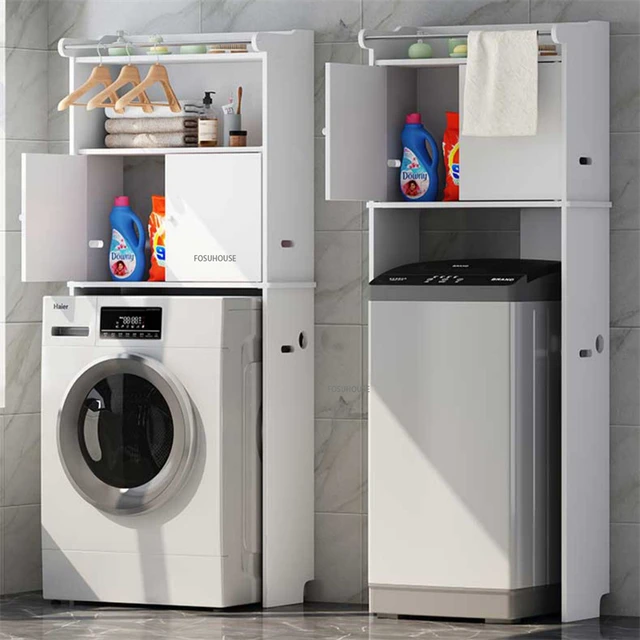
Troubleshooting a Washing Machine: No Washing or Spinning
Power and Start-Up Issues:
Ensuring Proper Electrical Connection
a. Check the power supply: Start by verifying that your washing machine is properly connected to a functioning power outlet. Check if any switches or fuses are turned off or if there is a power outage in your home. Try plugging another appliance into the same outlet to confirm if it is providing electricity.
b. Examine the power cord: Inspect the power cord for any visible damage, such as frayed wires or loose connections. Ensure that the power cord is securely plugged into the outlet and the washing machine.
c. Reset the machine: Some washing machines have a built-in reset option. Refer to the user manual to understand how to perform a reset and follow the instructions accordingly.
d. Circuit breakers and fuses: Check the circuit breaker panel or fuse box to ensure that the circuit breaker dedicated to the washing machine has not tripped or any fuses have blown. Reset any tripped breakers or replace blown fuses.
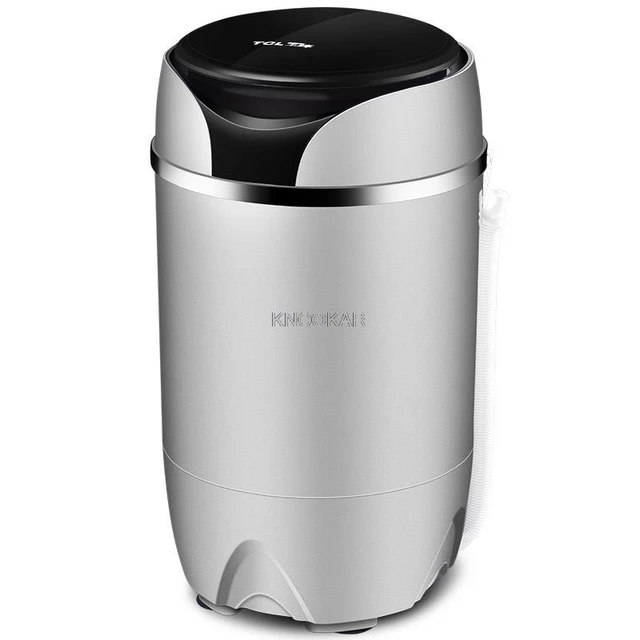
Door and Lid Interlock Issues:
Troubleshooting Safety Mechanisms
a. Inspect the door or lid: If your washing machine has a door or lid, check if it is properly closed. In some models, a faulty door or lid mechanism can prevent the machine from starting.
b. Check the door or lid switch: The door or lid switch is a safety mechanism that prevents the machine from operating when the door or lid is open. Test the switch manually or use a multimeter to check for continuity. If it’s faulty, it may need to be replaced.
c. Clean the switch area: Dust, debris, or detergent residue can interfere with the door or lid switch operation. Clean the switch area thoroughly with a cloth or mild cleaning solution, ensuring that it is free from any obstructions.
d. Follow manufacturer instructions: If you identify any issues with the door or lid interlock mechanism, consult the user manual or the manufacturer’s website for specific troubleshooting and repair instructions.
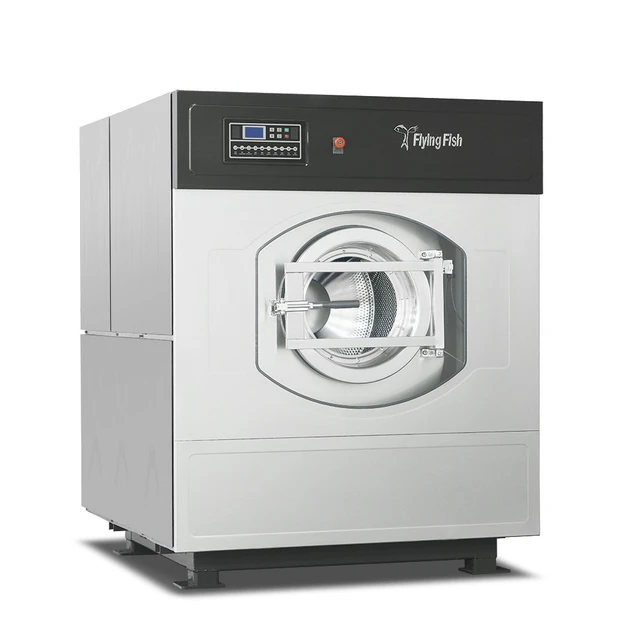
Water Supply Issues:
Ensuring Proper Flow
a. Check the water inlet hoses: Inspect the water inlet hoses connected to the back of the washing machine for kinks, twists, or blockages. Straighten any kinks and ensure that water can flow freely through the hoses.
b. Check the water supply valves: Make sure that the water supply valves connected to the hoses are fully open. Turn the valves clockwise to ensure they are in the correct position for proper water flow.
c. Clean or replace filters: Some washing machines have filters at the water inlet to prevent debris from entering the machine. Refer to the user manual to locate these filters, clean them, and ensure they are not obstructed. If necessary, replace the filters.
d. Assess water pressure: Insufficient water pressure can affect the washing machine’s ability to fill properly. Check other water outlets in your home to determine if the overall water pressure is low or if it is specific to your washing machine. Contact a professional plumber if you suspect water pressure issues in your home.
Overloading and Uneven Load Distribution:
Ensuring Proper Balance
a. Review load capacity guidelines: Check the user manual or manufacturer’s website to understand the recommended load capacity for your washing machine. Overloading the machine may prevent it from washing or spinning properly.
b. Distribute the load evenly: Ensure that the laundry is evenly distributed inside the drum to maintain balance during the washing and spinning cycles. Uneven distribution can cause the machine to stop or produce excessive vibrations.
c. Remove excess laundry: If the load appears too large or heavy, remove some items to reduce the strain on the washing machine. Distribute the remaining laundry evenly and restart the cycle.
d. Use the correct cycle and settings: Select the appropriate washing cycle and settings for the type of load you are washing. Some fabrics or delicate items may require different settings to ensure proper washing and spinning.
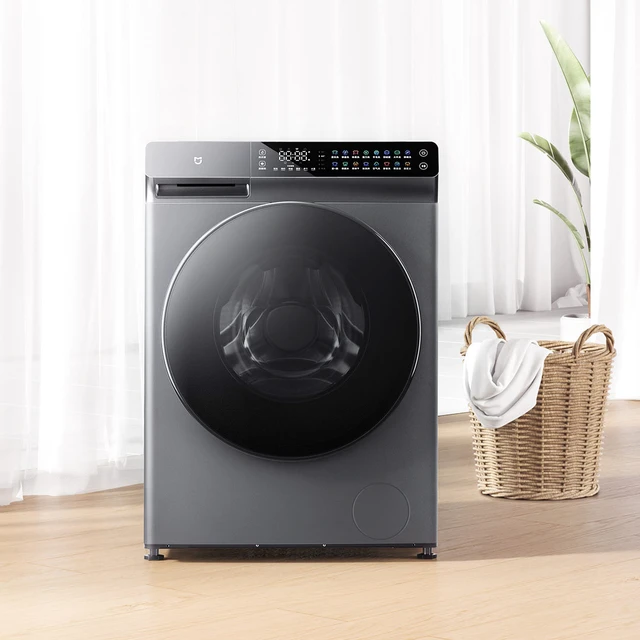
Motor and Belt Issues:
Assessing Mechanical Components
a. Listen for motor noise: Start a washing cycle and listen for any unusual or absent motor noise. A malfunctioning motor may prevent the drum from spinning or the washing machine from operating correctly.
b. Inspect the drive belt: If you notice that the motor is running but the drum is not spinning, a worn or broken drive belt may be the issue. Examine the belt for any tears, cracks, or signs of wear and replace it if necessary.
c. Belt tension: Check the tension of the drive belt. It should have enough tension to rotate the drum while allowing for slight movement. If the belt is loose, consult the user manual or manufacturer’s instructions on how to adjust the tension.
d. Seek professional assistance: If the motor or drive belt is malfunctioning, it may require the expertise of a professional repair technician to diagnose and resolve the issue.

Conclusion:
Diagnostic Steps and Potential Solutions
Troubleshooting a washing machine that is not washing or spinning requires careful attention to several potential issues. By following the steps outlined in this guide, you can assess the power supply, examine door and lid interlock mechanisms, check water supply, address overloading and load distribution, and inspect motor and belt functionality.
Remember, complex mechanical issues may require the expertise of a professional technician. When in doubt or if the problem persists after troubleshooting, it is advisable to consult a reputable service provider or contact the washing machine’s manufacturer for further guidance or assistance.
Through systematic troubleshooting and potential solutions, you can restore your washing machine’s functionality, allowing you to enjoy fresh and clean laundry once again.
